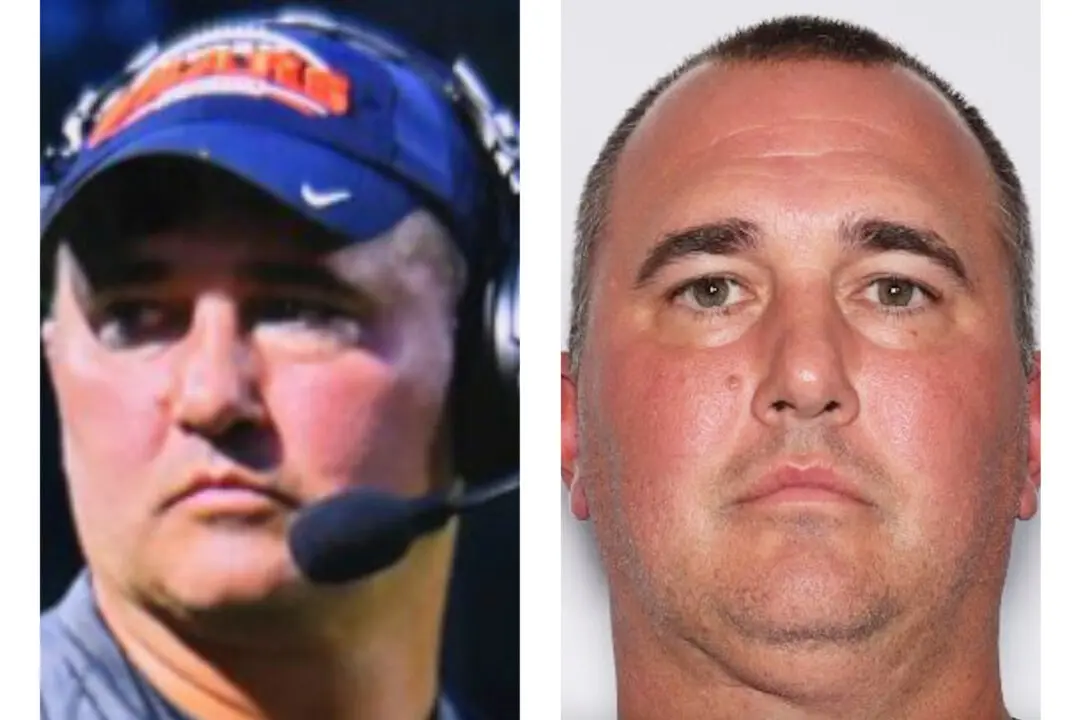DUBLIN—The Real IRA veteran charged with murdering 29 people in Omagh walked free from prison Tuesday after prosecutors concluded that the evidence against him—particularly a witness supposed to place him in the Northern Ireland town that day—was too weak.
Seamus Daly had spent nearly two years in prison awaiting trial for the Aug. 15, 1998, car bomb attack on a crowd of shoppers, workers and tourists. His case joined a string of failed prosecutions against the alleged Real IRA figures long blamed for the deadliest single bombing of the entire Northern Ireland conflict.
Daly, 45, did serve a brief prison sentence in the Republic of Ireland after pleading guilty in 2004 to membership in the Real IRA, one of several outlawed factions all styling themselves as the “true” Irish Republican Army. These small, feud-prone gangs reject the cease-fire observed since 1997 by the major group, the Provisional IRA.
The Real IRA planted a string of car bombs in Northern Ireland towns in 1998 in a bid to undermine support for that year’s Good Friday peace accord, which sought to end a three-decade conflict that claimed 3,700 lives. Police prevented deaths in several other car bombings with swift evacuations.
But on that unusually sunny Saturday in Omagh, police responding to vague telephone warnings ordered people away from the town’s hilltop courthouse down Market Street—and straight to the bomb parked outside a shop selling school uniforms. Most of those slain were women and children, including a mother 9 months’ pregnant with twins.
At the time, public horror over the Omagh atrocity spurred an island-wide security crackdown on those IRA factions that refused to back the peace. The British and Irish prime ministers and U.S. President Bill Clinton visited the scene of destruction and vowed to isolate the extremists. But in the nearly 18 years since, those IRA factions remain active and Omagh has become a byword for justice denied.
Police have testified in court that telecommunications tower records document how a cellphone allegedly used by Daly traveled across the Irish border to Omagh on the day of the attack. A witness, Denis O'Connor, who previously testified that Daly used that phone to call him from Omagh a half-hour after the blast, performed badly on the stand last week during a preliminary hearing designed to test evidence.
“He sounded not a credible witness at all, a very untruthful witness. I would not want anybody to be convicted on that evidence,” said Michael Gallagher, who has campaigned since 1998 for the Real IRA bomb unit responsible to be brought to justice. Nobody has been successfully prosecuted for the crime.






